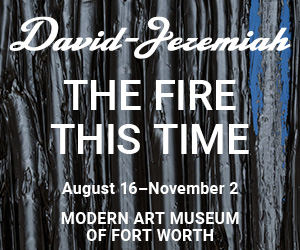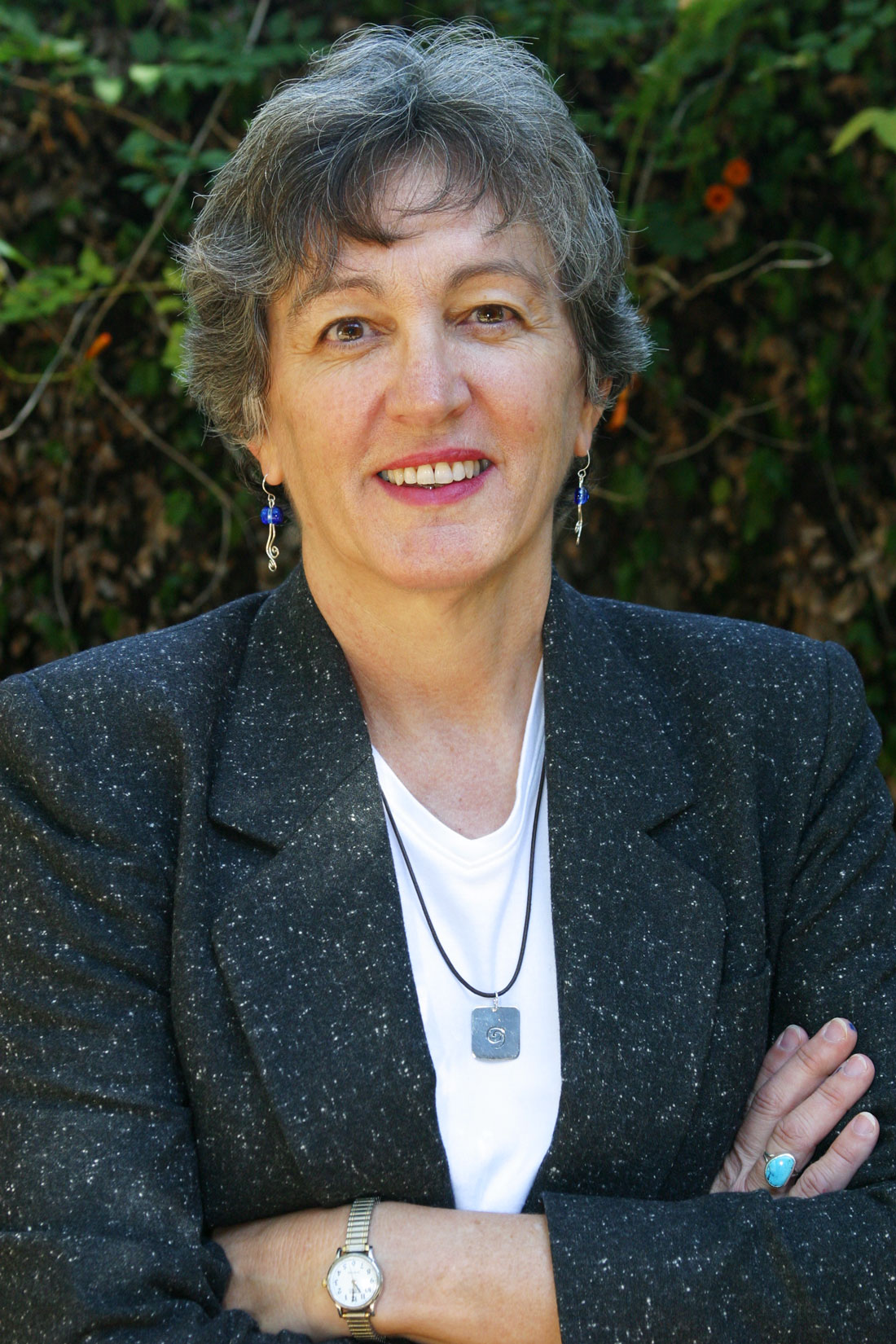And I wondered how the fertile vacant lots already owned by the city could be farmed by the people. And I wondered, could the Papajohn Farm become an organic farm school to grow fresh vegetables for school and table? I thought of 20 acres underneath the Henderson Bridge. I thought of fertile fallow vacant lots all over the North Side.
My wife drove north on University Drive, north of Seventh Street on up toward the Jacksboro Highway. We were searching for hidden fields. I looked down the west bank of the Trinity River, and my eyes caught a row of ancient flowers dancing. We turned east behind a go-cart track and first saw an acre of wild oats abandoned; then I stepped down the path and saw that land along the river. Such a peaceful place, – either it waits for development, or it waits for La Raza to plow and tend and plant and harvest. Who owns that land? What sweet herbs and spices and lettuce and onions and asparagus might grow there? What farmers might labor there and rent and own that land? Where are the city mothers and fathers, the rich men and women with power? Will they save the farmers’ soul of a sweet river-bottom farm? Or will another brick condo, another Lowe’s or Wal-Mart lay down its blanket of concrete death?
I walked back to the truck with photos of what I had witnessed – proof of the existence of land in the city close to downtown where farms appear in my dreams, and I can hear the people singing on those city lots and along those 20-acre West Trinity River fields.
All over Fort Worth, fallow fields and fertile empty lots owned by the public await development. On the East Side in Handley and Meadowbrook, in near downtown Riverside, on the West Side in Arlington Heights and Lake Como, on the empty lot across from the baseball field at Paschal, the rich black earth awaits the farmers’ market garden, where the idle and the unemployed can find not only work but good food and economic development. Senior citizens and school children out of work for the summers can come together for organic farm victory gardens, which fed so many people during World War II. And I wonder if some of the hundreds of millions of tax dollars planned for a Trinity River development might better be used for such projects. A visit last weekend to the River Walk in downtown San Antonio convinced me that tourist and convention dollars cannot revive a crumbling city. Fort Worth’s revitalization comes from people living and working in the city’s center, not from tourists who frequent bars and cafés.
Kendall McCook is a Fort Worth poet and teacher.











